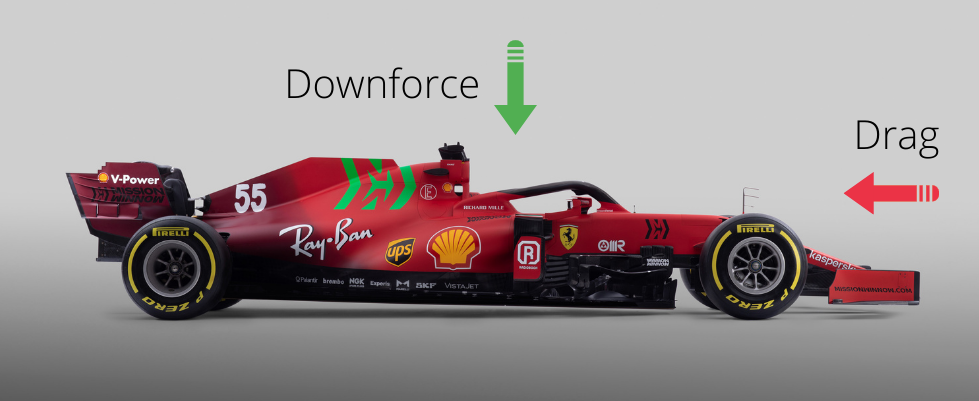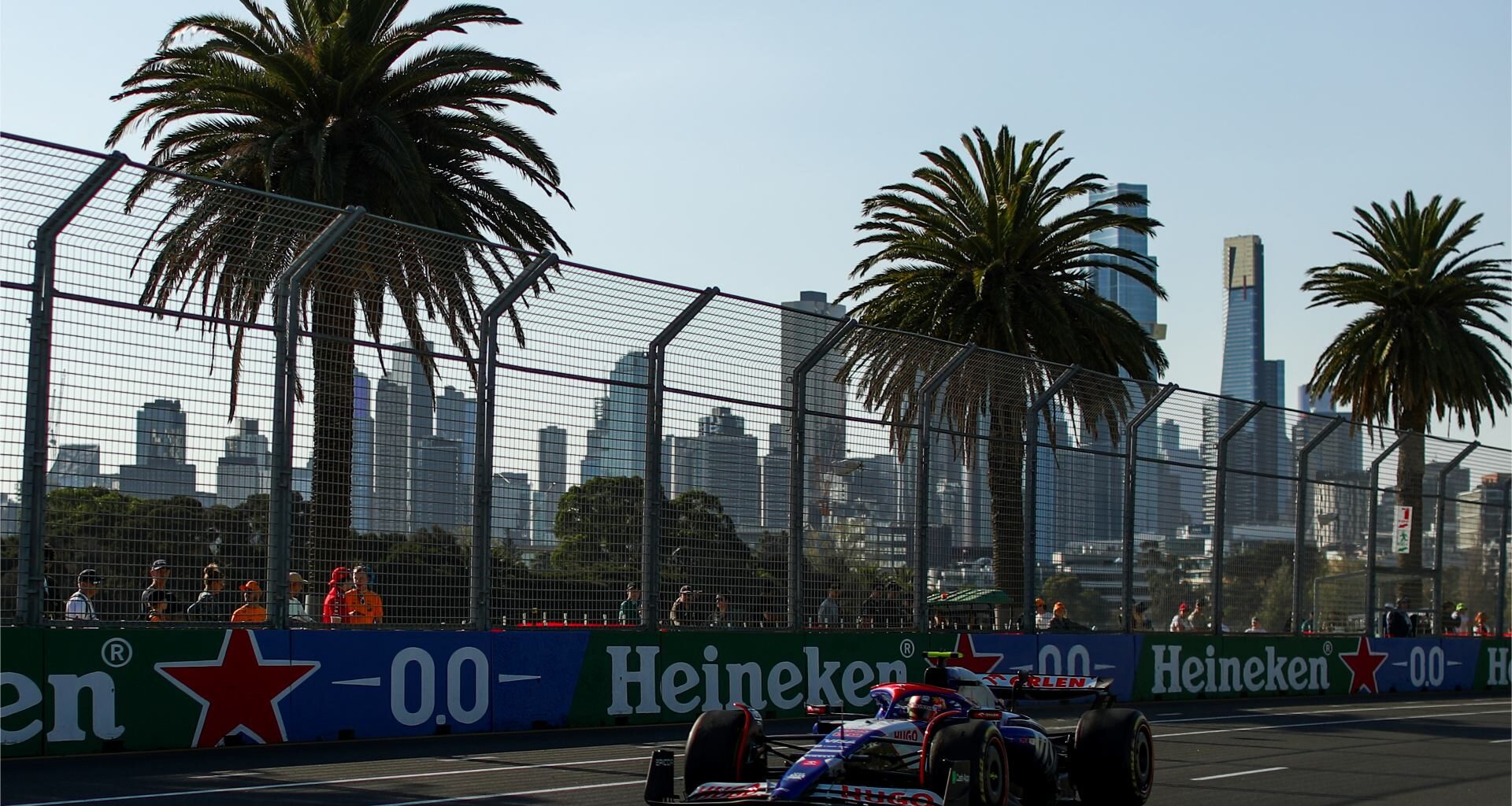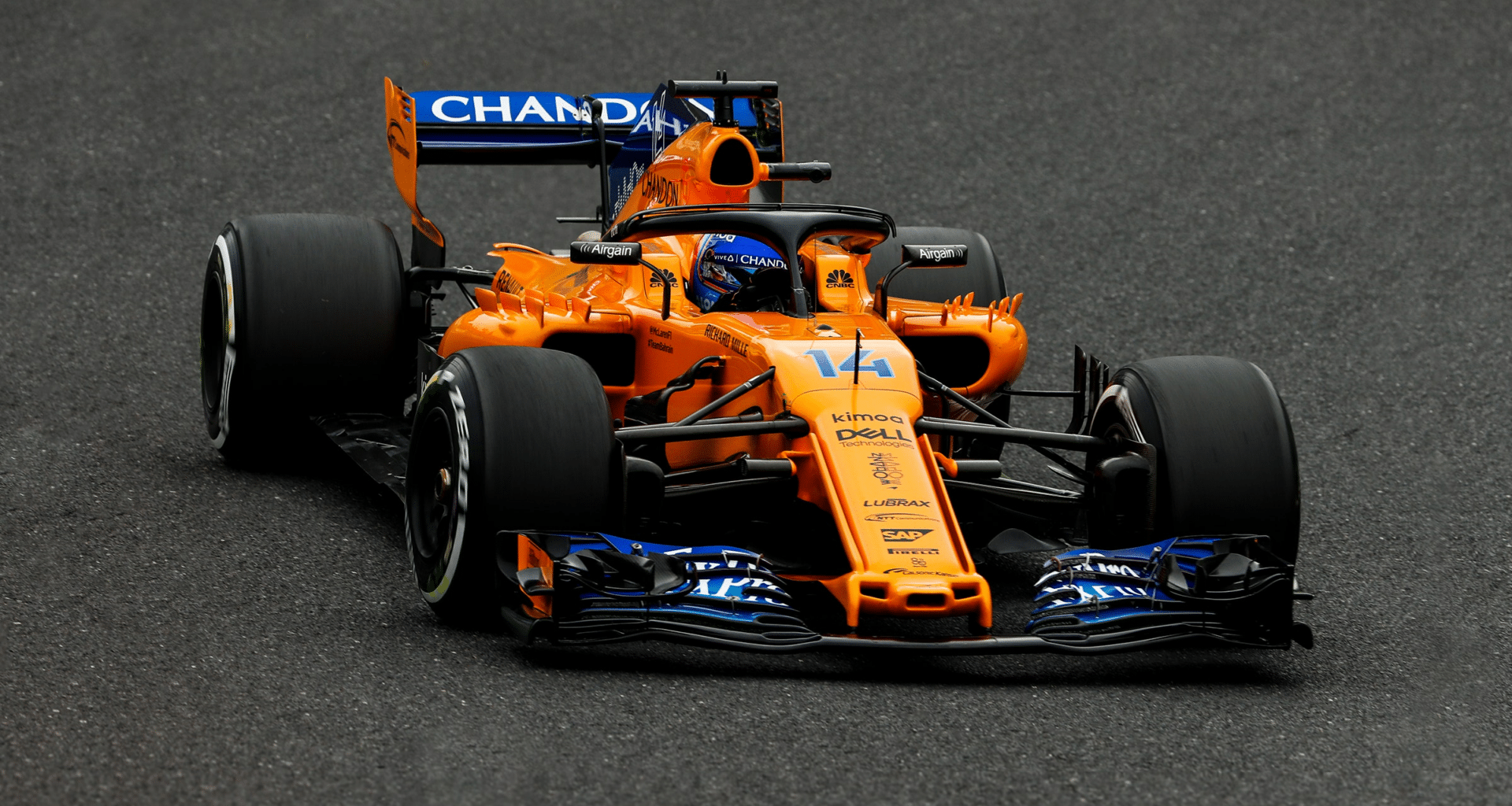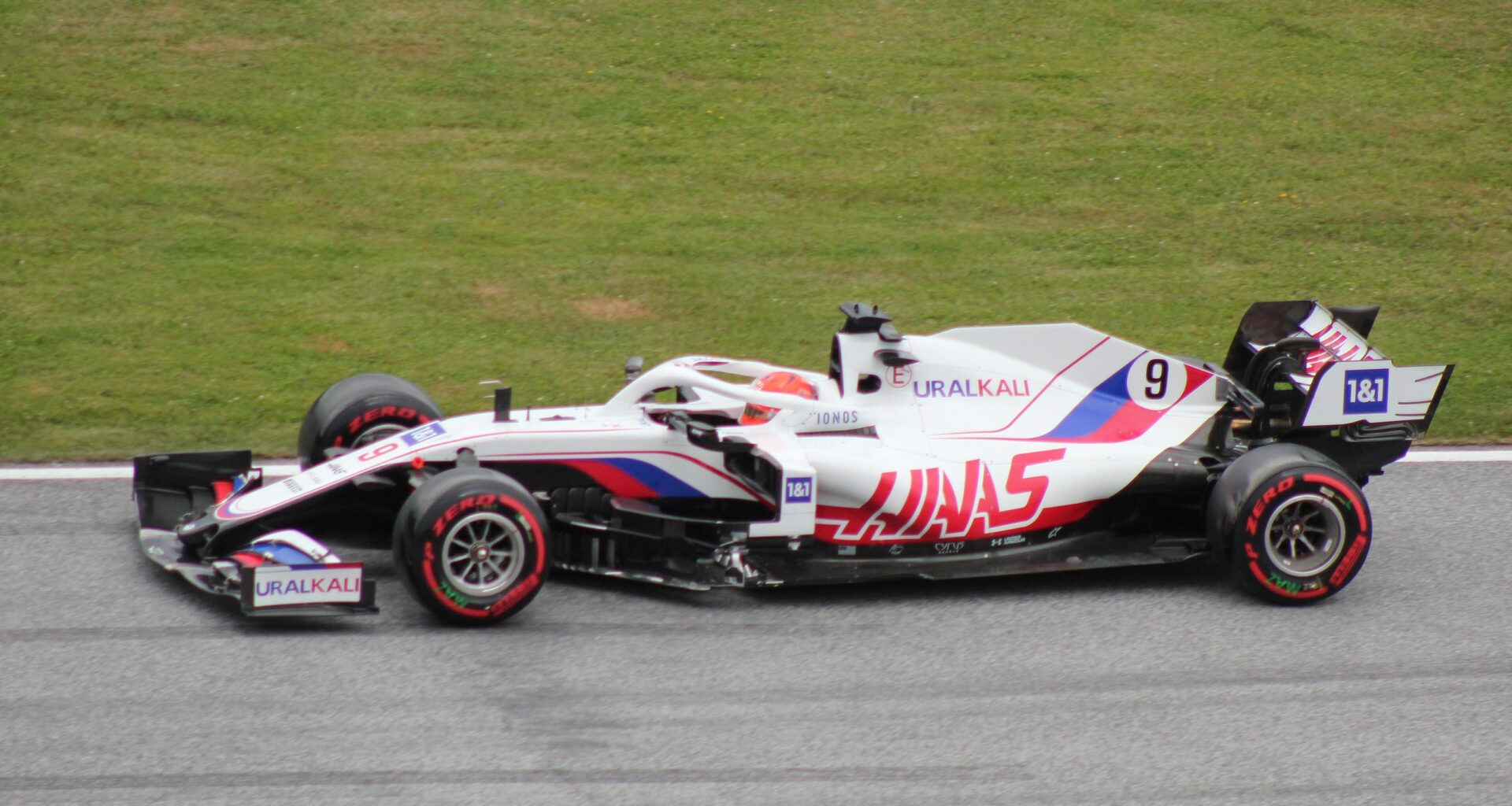Downforce, the invisible yet indispensable force in Formula 1 racing, is a concept that has revolutionized the sport. It is the aerodynamic force that pushes the car onto the track, enabling better handling and faster cornering speeds.
Without downforce, an F1 car would be a high-speed hazard, prone to spinning out of control at the slightest turn.
The significance of downforce in F1 racing cannot be overstated. At speeds as low as 150 km/h, modern F1 cars generate as much downforce as they weigh, which is 795kg.
As the speed increases, so does the downforce, reaching up to three or four times the F1 car’s weight at maximum speed. This is a testament to the remarkable engineering that goes into designing an F1 car.
Every surface of an F1 car contributes to generating downforce, with the majority coming from the floor, front and rear wings.
This is a result of meticulous design and testing, using Computational Fluid Dynamics (CFD) and Wind Tunnel testing to optimize aerodynamic performance.
Table of Contents
- 1 The Role of Downforce in Formula 1: A Deep Dive
- 2 Key Components of an F1 Car Generating Downforce
- 3 The Art and Science of Developing a Downforce Package
- 4 External Factors Affecting Downforce and Aerodynamics
- 5 Can F1 Cars Drive Upside Down Due to Downforce?
- 6 Downforce and Its Evolution in F1 Racing
The Role of Downforce in Formula 1: A Deep Dive
Downforce is the key to unlocking the full potential of an F1 car. It allows drivers to push the limits of speed and handling, making the sport the thrilling spectacle that it is. The lift-to-drag ratio in modern F1 cars is typically around 25, meaning that the downforce generated is 25 times greater than the lift.
The use of negative lift or downforce has revolutionized racing car design. It has significantly improved road adhesion and cornering ability, allowing F1 cars to reach up to 5 gs of downforce at maximum speed.
This is a force that is not only felt by the drivers but also seen in their performance on the track.
It’s important to note that downforce increases with the square of speed. This means that as the speed of the car doubles, the downforce quadruples. This is why F1 cars can generate many times their own weight in downforce at high speeds.

Key Components of an F1 Car Generating Downforce
The components of an F1 car that generate downforce are strategically designed and placed. These include the rear spoilers, wings, diffusers, front spoilers, canards, vortex generators, and the undertray with front diffuser. Each of these components plays a crucial role in generating downforce and improving the car’s performance.
Front spoilers are used to reduce flow to the bottom of the car, while a diffuser is used to increase flow rate in the bottom of the car. The floor, front wing, and rear wing are the main contributors to downforce, with every other surface of the car also playing a part.
The design of these components is a delicate balance. Too much downforce can increase drag and slow the car down on straightaways. Therefore, finding the right balance between downforce and drag is crucial for optimal performance.
The Art and Science of Developing a Downforce Package
Developing a downforce package is a complex process that involves a combination of art and science. It requires a deep understanding of aerodynamics, advanced engineering skills, and innovative thinking.
Teams use CFD and Wind Tunnel testing to simulate and optimize the aerodynamic performance of their cars.

The development process is continuous, with teams constantly striving to improve their downforce package. This is a result of the ever-evolving nature of F1 racing, with changes in regulations, technology, and competition driving the need for innovation.
The goal is to create a downforce package that provides the best possible performance under a variety of conditions. This is a challenging task, given the many external factors that can affect a car’s aerodynamic performance and handling.
External Factors Affecting Downforce and Aerodynamics
External factors such as weather, particularly wind direction and speed, and altitude can significantly impact a car’s aerodynamic performance and handling. Wind can disrupt the airflow around the car, affecting the downforce generated.
Altitude, on the other hand, can affect the air density, which in turn affects the downforce.
Teams must take these factors into account when setting up their cars for each race. This requires a deep understanding of the track conditions and the ability to adapt the car’s setup accordingly. It’s a complex task that requires a high level of expertise and experience.
In addition to these factors, changes in regulations can also affect the downforce and aerodynamics of F1 cars. Teams must be prepared to adapt to these changes and find new ways to optimize their cars’ performance.
Can F1 Cars Drive Upside Down Due to Downforce?
A common myth about F1 cars is that they can drive upside down due to the immense downforce they generate. While it’s true that F1 cars can theoretically generate enough downforce to drive upside down, this is not practically possible.
The downforce generated by an F1 car is relative to the direction of travel. When the car is upside down, the downforce would act in the opposite direction, effectively becoming lift. Therefore, an F1 car would not be able to stay upside down for long.
This myth highlights the incredible levels of downforce that F1 cars can generate. However, it’s important to understand the practical limitations of this force.
Downforce and Its Evolution in F1 Racing
The concept of downforce has been around since the early days of motor racing. However, it wasn’t until the 1960s that it started to play a significant role in F1 racing. The introduction of wings and other aerodynamic aids revolutionized the sport, leading to faster speeds and better handling.
Over the years, the design and technology of F1 cars have evolved significantly. The use of advanced materials, sophisticated engineering techniques, and innovative designs have led to a significant increase in the amount of downforce that F1 cars can generate.
Today, downforce is an integral part of F1 racing. It has shaped the sport in many ways, from the design of the cars to the strategies used by teams. As we look to the future, it’s clear that downforce will continue to play a crucial role in the sport.





